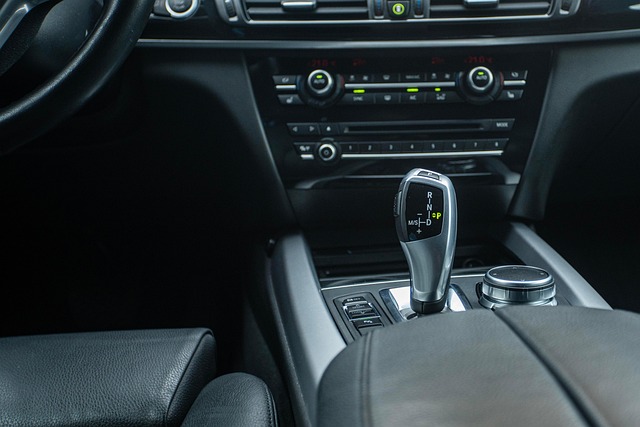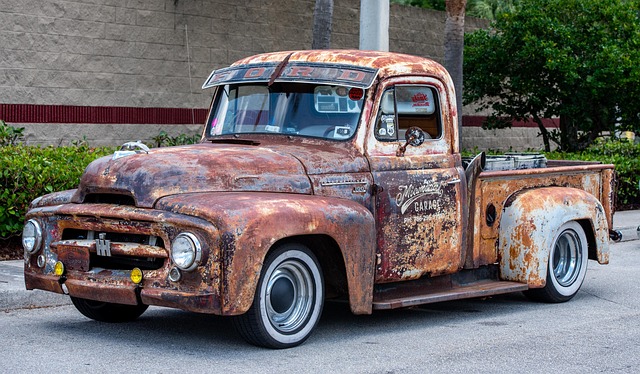Looking to register your car in California? Navigating the process can seem daunting, but with the right preparation, it’s a breeze. This guide walks you through every step, from understanding the California vehicle registration process and gathering essential documents for VIN verification to completing the application and paying fees. By following these clear instructions, you’ll be on your way to securing your vehicle’s registration in no time.
- Understanding the California Vehicle Registration Process
- Gather Required Documents for VIN Verification
- Perform a Vehicle Identification Number (VIN) Check
- Complete and Submit the California Vehicle Registration Application
- Pay the Registration Fees and Receive Your License Plate
Understanding the California Vehicle Registration Process

Understanding the California Vehicle Registration Process
Registering a car in California involves several steps to ensure your vehicle complies with state regulations. It begins with verifying the Vehicle Identification Number (VIN) as part of the initial inspection process. A mobile VIN verifier or mobile vin verification service can streamline this step by providing on-site, accurate VIN inspections. This is crucial for establishing ownership and authenticating the vehicle’s history before issuing a registration certificate.
Once the VIN verification is complete, you’ll need to visit a California Department of Motor Vehicles (DMV) field office with necessary documents, including proof of insurance, proof of identity, and the vehicle’s title. The DMV will conduct further inspections to ensure the car meets safety standards and emissions requirements. Upon approval, they will issue a registration card, which must be displayed on your vehicle at all times.
Gather Required Documents for VIN Verification

To initiate the registration process in California, you’ll need to gather several key documents for VIN (Vehicle Identification Number) verification. This step is crucial as it ensures that your vehicle’s details match the information provided by the manufacturer. One convenient option to streamline this process is by utilizing a mobile vin verifier or conducting a mobile vin inspection. These services allow you to capture and transmit accurate data quickly, making it easier for the California Department of Motor Vehicles (DMV) to verify your vehicle’s authenticity.
When preparing these documents, ensure that all information is up-to-date and correct. This includes the vehicle’s make, model, year, and any recent transactions or modifications. Additionally, you’ll need proof of ownership, typically through a bill of sale or previous registration documents. Having these documents readily available will significantly facilitate the VIN verification process during your visit to the DMV.
Perform a Vehicle Identification Number (VIN) Check

Before you register your car in California, it’s crucial to perform a Vehicle Identification Number (VIN) check. This step ensures that the vehicle is genuine and hasn’t been reported as stolen or had its identity tampered with. You can conduct a VIN verification through various official channels, including mobile vin verifiers, which offer convenient and quick services.
A mobile vin inspection allows you to get real-time data on your car’s history by entering its unique VIN number into an app or platform. This method provides instant access to detailed information, including the vehicle’s make, model, year, and any reported issues or accidents. By utilizing a mobile vin verifier, you can ensure that the registration process is smoother and more efficient, as it eliminates the need for lengthy paperwork and multiple visits.
Complete and Submit the California Vehicle Registration Application

After gathering all the necessary documents and ensuring your vehicle meets California’s requirements, it’s time to complete and submit the California Vehicle Registration Application (Form DV-140). This form is crucial for officially registering your car in the Golden State. You’ll need to provide detailed information about your vehicle, including its make, model, year, and unique identifier known as the Vehicle Identification Number (VIN). The VIN verification process is a critical step, ensuring that the details of your car match the records held by the California Department of Motor Vehicles (DMV).
For convenience, many individuals opt for a mobile VIN verifier or inspection service. These services allow you to obtain the necessary VIN information quickly and easily from the comfort of your home or even while you’re on the go. By utilizing these modern solutions, you can streamline the registration process and avoid potential delays caused by traditional methods. Ensure that whatever method you choose aligns with California’s guidelines for accurate and timely vehicle registration.
Pay the Registration Fees and Receive Your License Plate

After completing the registration application and gathering all necessary documents, it’s time to pay the registration fees. These fees vary based on vehicle type and model year. You can typically pay online or in person at a California Department of Motor Vehicles (DMV) office. Once your payment is processed, you’ll receive your license plate. This crucial step involves attaching the plates to your vehicle, ensuring they’re securely fastened and legible.
Remember, before registering your car, a vin verification is essential. Consider using a mobile vin verifier or conducting a vin inspection for added peace of mind. This process helps ensure that your vehicle’s identification number (VIN) matches the information in the DMV system, safeguarding against any potential issues or fraudulent activities.
Registering a car in California involves several straightforward steps, from gathering necessary documents for VIN verification to completing an application and paying fees. By following these processes diligently, you’ll not only ensure your vehicle’s legal status but also contribute to the state’s efficient management of road safety and vehicle ownership records. Remember to perform a VIN check early in the process to streamline registration and avoid any potential delays or complications.
